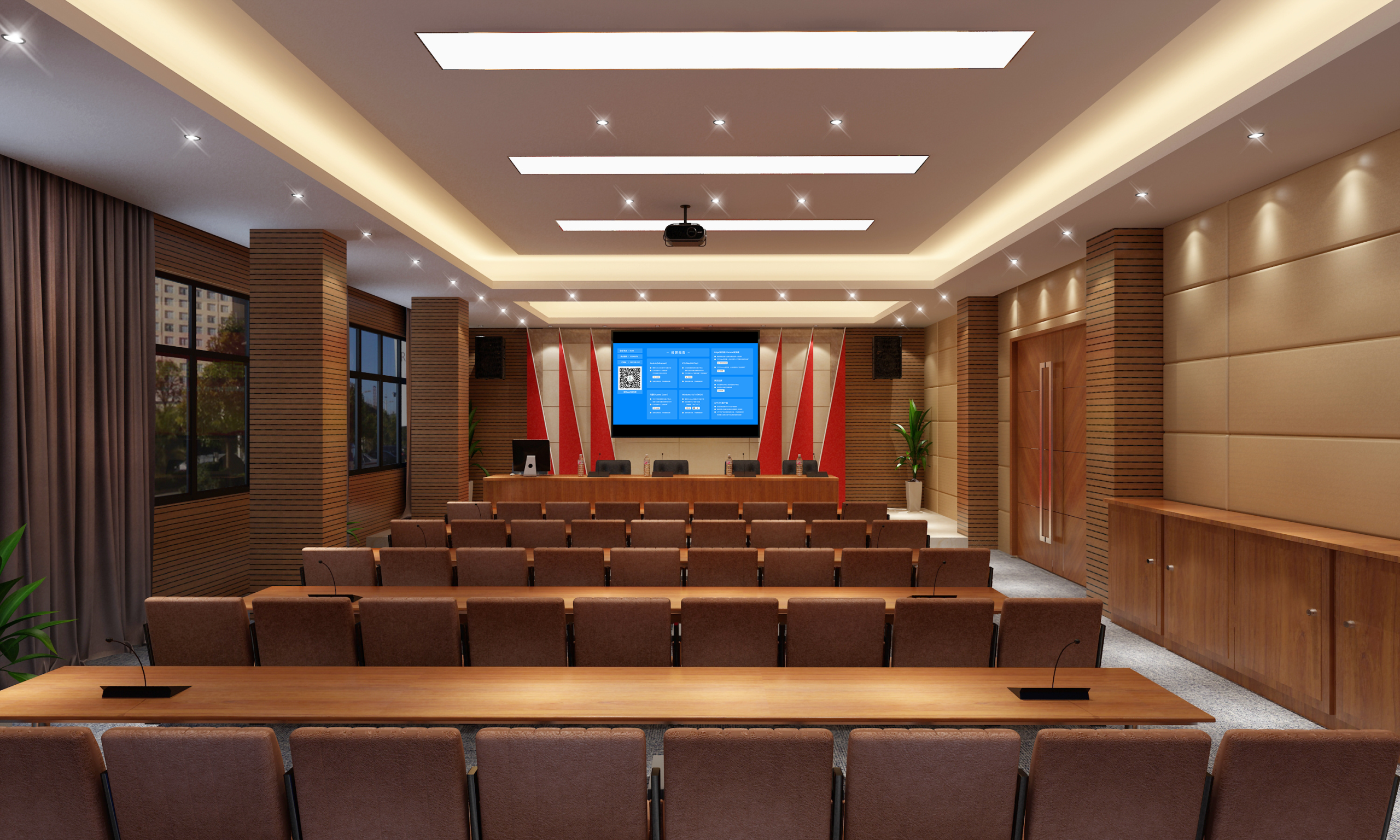Wireless Screen Mirroring SDK: A Solution for Rapidly Integrating Screen Mirroring Capabilities
The wireless screen mirroring SDK provides smart device manufacturers, software developers, and enterprise users with a standardized screen mirroring technology module. It supports rapid integration into apps, hardware devices, and system platforms and is compatible with multiple devices and protocols. This helps users build exclusive screen mirroring functions at a low cost, adapting to various applications in office, education, entertainment, and business scenarios.
Universal Protocol Compatibility, Adapting to Multiple Devices
The SDK fully supports mainstream screen mirroring protocols like AirPlay, Miracast, DLNA, and WiDi. It’s compatible with terminals like Android/iOS phones, Windows/macOS computers, tablets, smart TVs, meeting displays, and projectors, covering over 95% of mainstream brands and models. Whether you’re developing new smart hardware or have an existing app, the SDK can enable cross-system and cross-device screen mirroring, eliminating the need to adapt to different protocols individually and significantly reducing development difficulty. It also supports custom protocol extensions, so you can tailor mirroring transmission rules to meet your enterprise’s specific needs for different business scenarios.
Lightweight Integration, Doubling Development Efficiency
Simple Integration Process
The SDK provides development packages for multiple platforms, including Android, iOS, Windows, and Linux. It includes a complete set of API interfaces, development documentation, and demo examples. Developers don’t need to deeply understand the underlying screen mirroring technology and can quickly implement core functions like mirroring connection, content transmission, and permission management by calling the interfaces. The integration period is short, with basic functions taking 1-2 days for a small project and full functionality taking 3-5 days for a medium-sized project, saving over 80% of the development time compared to in-house development.
Flexible Customization
It supports UI customization, allowing you to seamlessly integrate mirroring control interfaces (like the connection button, resolution settings, and device list) into your existing product interface to maintain a consistent brand style. It also offers modular function selection, allowing you to integrate value-added functions like “multi-to-one,” “split-screen mirroring,” “real-time annotation,” and “content capture” as needed, which avoids redundant development and reduces resource consumption. It also supports secondary development, with open access to core technical interfaces, making it easy for developers to expand custom functions based on business scenarios.
Stable and Reliable, a High-Quality Transmission Experience
Clear, Low-Latency Transmission
The SDK uses a self-developed dynamic encoding technology that supports 1080P Full HD and 4K Ultra HD mirroring. It automatically adjusts the picture quality to adapt to different bandwidth environments, ensuring stable transmission even in a weak network. The transmission latency is as low as 20ms, and the audio-video synchronization error is less than 10ms. When playing dynamic videos or presentations, there’s no ghosting or lagging, and the operation is smooth and responsive, comparable to a native mirroring experience.
Anti-Interference and Security
It has a built-in multi-channel wireless transmission optimization algorithm that automatically avoids crowded Wi-Fi frequencies, reducing signal interference when multiple devices are mirroring at the same time. It supports data transmission encryption (AES-256 encryption standard) to prevent mirrored content from being stolen or tampered with, protecting the security of sensitive information like business secrets and teaching materials. It also provides a device authentication mechanism, so you can set a mirroring whitelist and password verification through the SDK, allowing only authorized devices to connect and preventing unwanted interference.
Empowering Multiple Scenarios, Expanding Business Value
Smart Hardware Scenarios
Smart TV and meeting display manufacturers can rapidly integrate mirroring functionality through the SDK, which reduces product development costs because they don’t have to develop the technology in-house. Projectors and in-car displays can use the SDK to enable wireless mirroring of content from phones and computers, which increases the value of the device and enhances user stickiness.
Software Application Scenarios
An office collaboration app that integrates the SDK can enable document and meeting content mirroring. Paired with real-time annotation and multi-device sync, it boosts team collaboration efficiency. An educational app that integrates the SDK can support a teacher’s courseware mirroring and a student’s homework display, creating an interactive teaching experience. An entertainment app can use the SDK to enable movie and game mirroring, enriching the user’s experience.
Enterprise Custom Scenarios
An enterprise can integrate the SDK into its internal management system to enable mirroring between meeting room displays, office computers, and employees’ phones, which simplifies meeting processes. The retail industry can use the SDK to build an in-store display system, allowing staff to mirror product introductions and promotional activities from their phones to flexibly adjust the content being displayed and improve marketing effectiveness.
Technical Support and Services, for a Worry-Free Partnership
We offer 24/7 technical support. Developers can get real-time help through online customer service, technical forums, and dedicated groups to solve technical problems during integration. We regularly update the SDK version to optimize transmission performance, add new features, and adapt to new devices and system versions. We offer both a local deployment and a cloud service model. A small enterprise can choose the cloud service to reduce maintenance costs, while a large enterprise can choose local deployment to ensure data privacy and security.
Whether you’re a hardware manufacturer looking to add screen mirroring to a device or a software developer hoping to expand your product’s application scenarios, this wireless screen mirroring SDK can meet your needs in a low-cost and efficient way. It will quickly give your product professional-grade screen mirroring capabilities, helping your business innovate and grow.